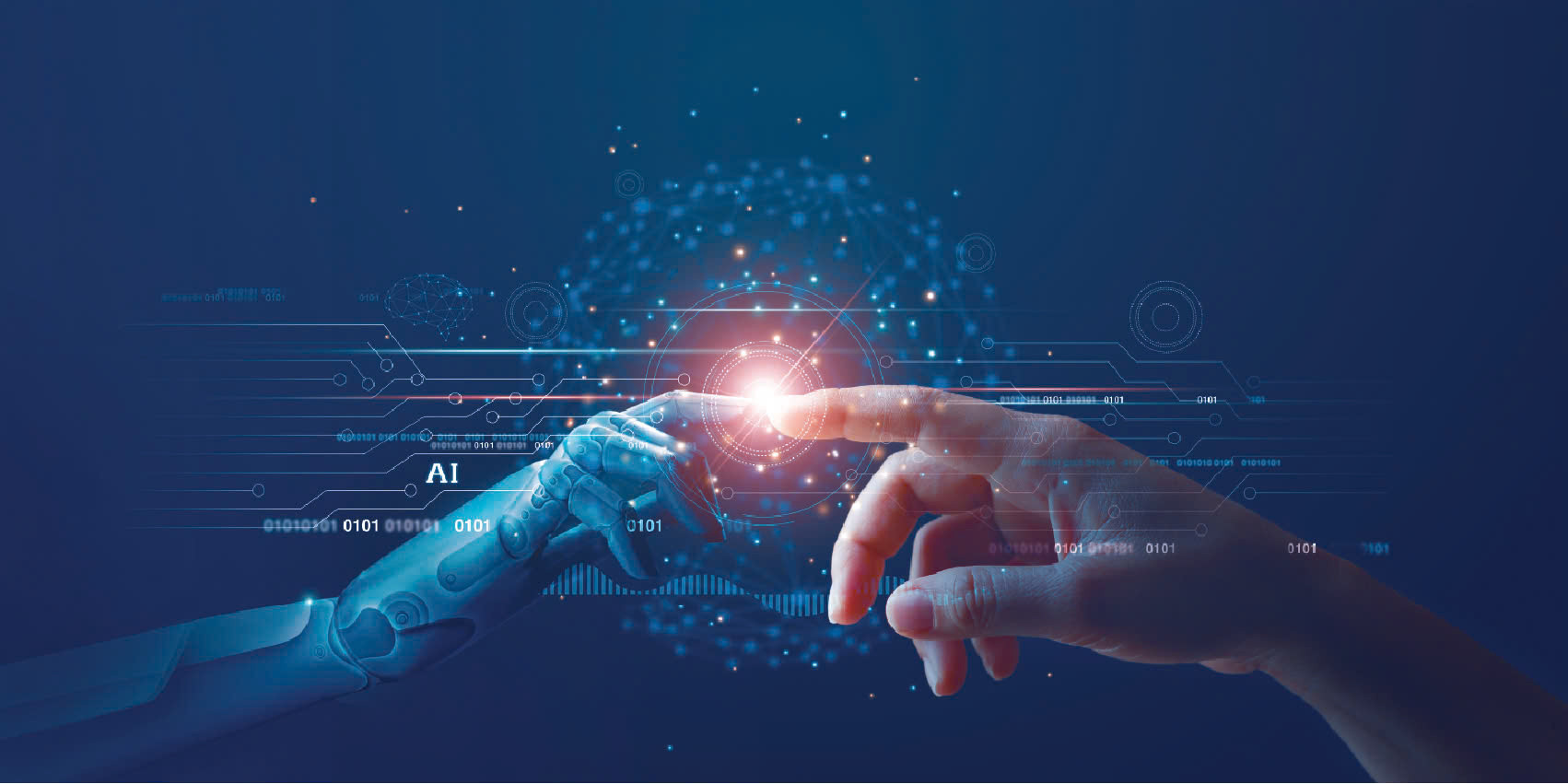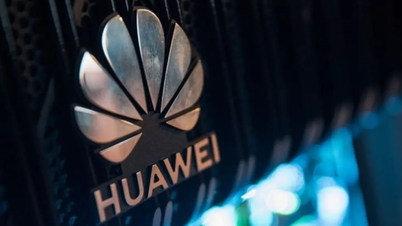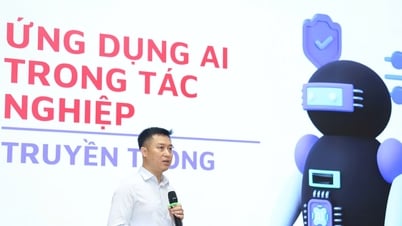
Education is at a critical crossroads. As generative AI platforms like ChatGPT, Claude, Perplexity, and NotebookLM continue to grow, their potential impact on education is undeniable. Experts predict that by 2025, universities will invest up to $20 million over the next five years in AI-enabled curricula—a clear sign of the growing commitment to integrating AI into higher education. They also predict that AI could increase graduation rates by up to 43%.
AI tools are not just assistive; they are transformative, with the ability to generate information, provide feedback, suggest creative solutions, and more. The question for educators today is no longer “should we use AI?” but “how to redefine teaching and learning in an AI-driven era.”
Harnessing the power of technology
Our educational approach needs to move beyond traditional approaches, towards a model that fully integrates the strengths of AI while protecting the humanistic skills that AI cannot replace – critical thinking, ethical reasoning, and creativity.
AI should complement human intelligence, not replace it. The role of educators is to redesign curricula to make the most of AI while still fostering indispensable human qualities such as judgment, empathy, and collaboration – ensuring students remain leaders and innovators in an increasingly AI-driven world .
Enhance critical thinking and problem solving
To prepare students for an AI-driven future, we need to cultivate the ability to evaluate AI-generated outcomes. While AI can suggest strategies, only humans can evaluate their feasibility, appropriateness, and ethical implications.
Education needs to move from rote memorization to active interaction, encouraging students to question and refine AI suggestions rather than passively accepting them.
For example, in business strategy courses, students might use AI to generate go-to-market strategies, but the real value comes from students asking questions that tailor those suggestions to long-term goals or specific cultural or regulatory factors.
Project-based and inquiry-based learning
Integrating AI through project-based learning and inquiry is essential in the era of generative AI. AI can assist in data analysis and information gathering, but interpreting and applying this information in real-world contexts remains a human task.
For example, in a digital transformation class, students act as consultants to a real company, using AI tools like Tableau to gather market intelligence. However, they must put that data into the context of company culture, customer behavior, and financial constraints to build an appropriate strategy. This approach helps students understand the technology while also being aware of the limitations of AI.
Building collaboration and communication skills - beyond automation
While AI can create content, it lacks empathy, brand voice, and the ability to connect emotionally with consumers. Therefore, developing strong collaboration and communication skills is important.
In marketing classes, students can use AI to draft advertising copy, but they must edit it to reflect the brand’s identity and resonate with the target audience. Adjusting tone, language, and messaging shows that the value of humans far exceeds the capabilities of AI.
Teaching about ethics and understanding of AI
As AI becomes more influential, it is essential to equip students with a solid foundation in ethics. Risks such as bias, privacy violations, and lack of transparency require us to teach students to use AI responsibly.
In business ethics courses, students can analyze the use of AI in the hiring process, identify potential biases, and develop ethical guidelines based on principles such as Fairness, Accountability, Transparency, and Ethics (FATE).
AI-Enhanced Innovation Integration
AI can help with idea generation, but true creativity requires human refinement, emotional intelligence, and innovation. Many students said that using AI helped them expand their thinking beyond current limitations, demonstrating AI’s role as an enhancement rather than a replacement for creativity.
In entrepreneurship classes, AI can suggest business models or identify market gaps, but students must inject creativity into those ideas to turn them into viable, disruptive solutions. Human intelligence transforms AI’s raw suggestions into truly innovative products.
(Source: Forbes)
Source: https://vietnamnet.vn/chuyen-doi-phuong-phap-giao-duc-cho-ky-nguyen-ai-tao-sinh-tam-nhin-tuong-lai-2400320.html



![[Photo] Readers line up to visit the photo exhibition and receive a special publication commemorating the 135th birthday of President Ho Chi Minh at Nhan Dan Newspaper](https://vphoto.vietnam.vn/thumb/1200x675/vietnam/resource/IMAGE/2025/5/17/85b3197fc6bd43e6a9ee4db15101005b)
![[Photo] Prime Minister Pham Minh Chinh chairs meeting on science and technology development](https://vphoto.vietnam.vn/thumb/1200x675/vietnam/resource/IMAGE/2025/5/17/ae80dd74c384439789b12013c738a045)


![[Photo] More than 17,000 candidates participate in the 2025 SPT Competency Assessment Test of Hanoi National University of Education](https://vphoto.vietnam.vn/thumb/1200x675/vietnam/resource/IMAGE/2025/5/17/e538d9a1636c407cbb211b314e6303fd)



















![[Photo] Nearly 3,000 students moved by stories about soldiers](https://vphoto.vietnam.vn/thumb/1200x675/vietnam/resource/IMAGE/2025/5/17/21da57c8241e42438b423eaa37215e0e)






































































Comment (0)